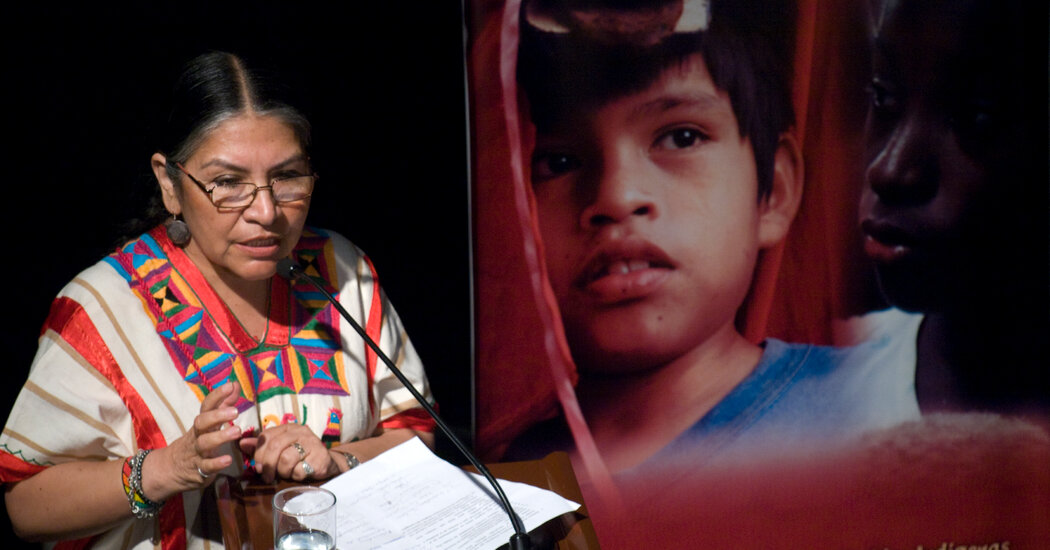A Peruvian Woman Pushes for Other Indigenous Voices to Be Heard

Americas|From Her Past Comes the Drive to Help Other Indigenous Women
https://www.nytimes.com/2025/03/07/world/americas/women-indigenous-rights-peru.html
You have a preview view of this article while we are checking your access. When we have confirmed access, the full article content will load.
Tarcila Rivera-Zea, a member of the Quechua community in Peru, has spent decades pushing for Native peoples to be heard.

This article is part of a Women and Leadership special report highlighting women who are charting new pathways and fighting for opportunities for women and others.
For the first 10 years of her life, Tarcila Rivera-Zea lived a cloistered existence. Growing up in the Peruvian Andes as part of the Quechua Indigenous community, she spoke only the Quechua language. She ate Quechua foods. She dressed in simple clothing. And she experienced deep poverty.
“I used to have one piece of clothing, a dress, for the whole year,” she said. She often went without shoes. And, she said, “We ate mostly maize and potatoes.”
The only nearby school taught in Spanish, and Ms. Rivera-Zea left after a year because she couldn’t communicate with the teachers and other students and comprehend what was being taught.
Now 74, Ms. Rivera-Zea has spent decades focused on reaching out to Indigenous peoples in Peru and beyond in an attempt to lift up other women, create more economic opportunities and make sure their voices are heard.
Her drive is rooted in her past, she said.
“My father was a Quechua but white and came from a family of colonizers, and my mother was brown,” she said, “so his family used to make derogatory comments against me and comment on my skin tone since I look like her.”
But her life began to turn around when she was 10 and her mother sent her to Lima to stay with her father, who had recently moved to the city for work to support their family. She was able to enroll in public school and learn Spanish.





